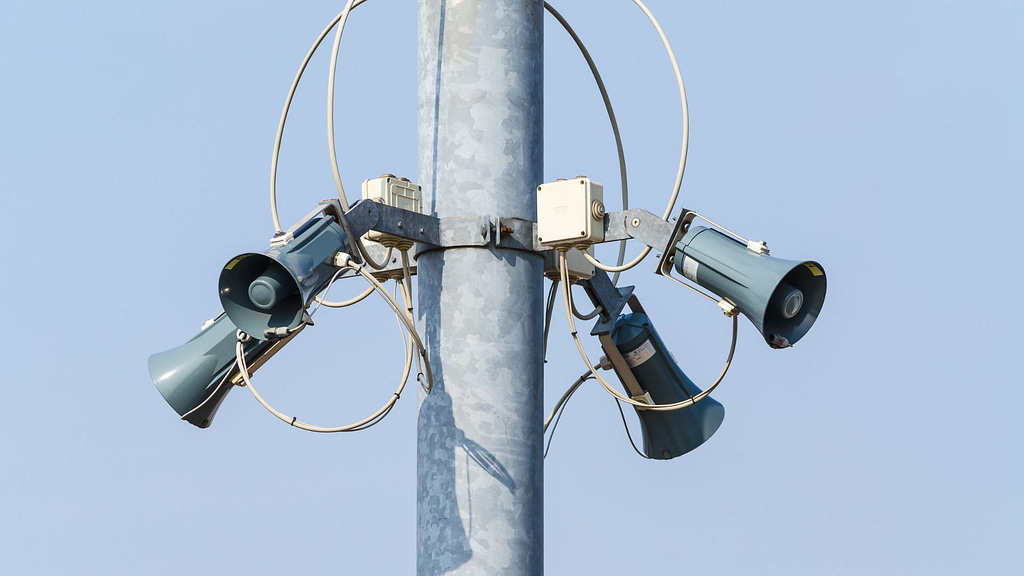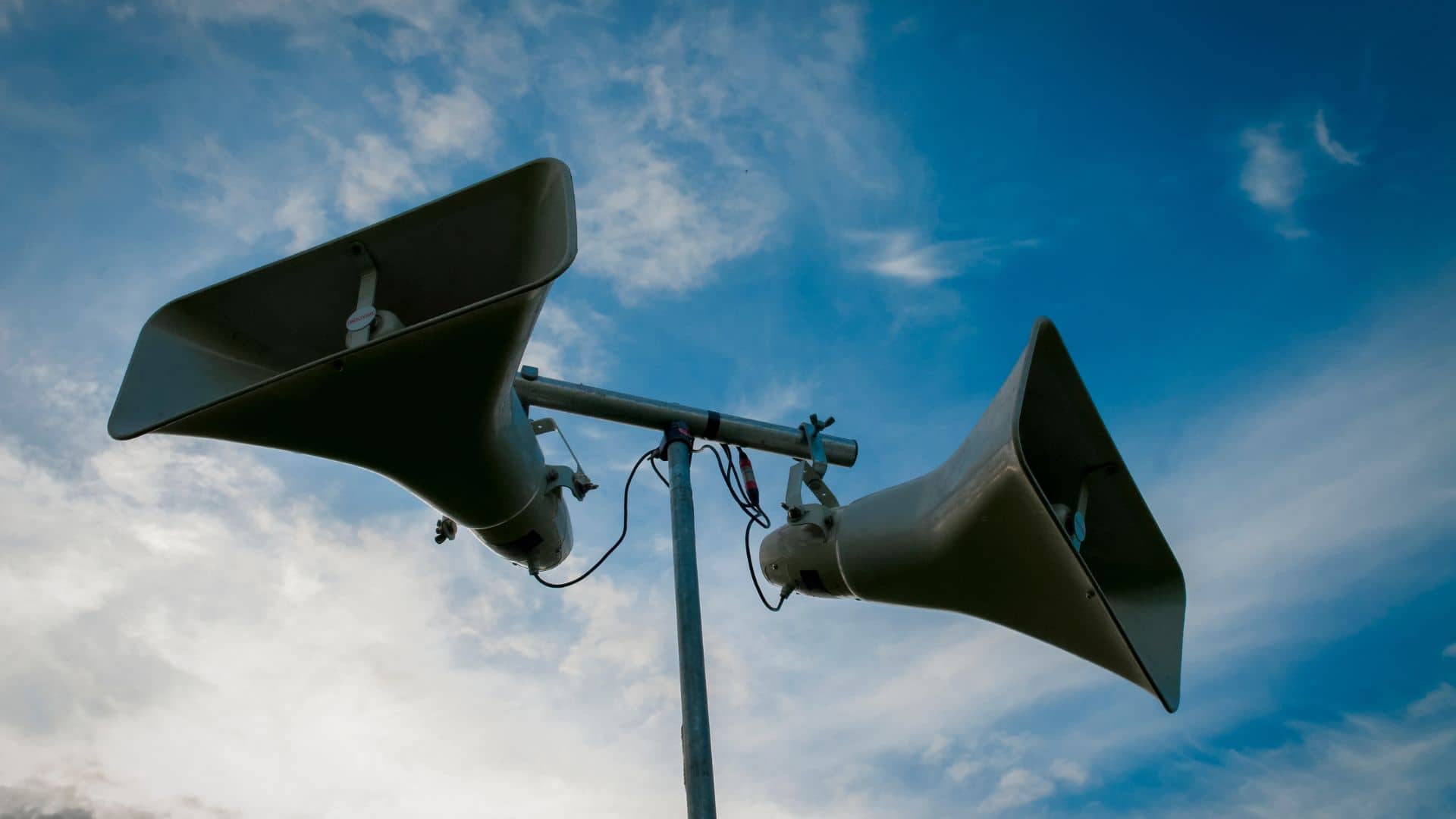Global Standards
Public Address and General Alarm (PAGA) systems are an essential part of modern industrial facilities, offshore platforms, and marine vessels. These systems are designed to provide reliable communication and notification in emergency situations, such as fire, gas leak, or other types of hazards.
There are several global standards for public address systems. These standards provide guidelines for the design, installation, and testing of public address systems used for emergency purposes, such as fire alarms and evacuation messages, to ensure that they are effective, reliable, and safe.
IEC 60268-16: This standard specifies the performance requirements for sound systems used for emergency purposes in public address systems.
IEC 60849: This standard specifies the requirements for sound systems used for emergency purposes, such as fire alarms and evacuation messages.
IEC 61672: This standard specifies the performance requirements for sound level meters, which are used to measure sound levels in public address systems.
ISO 7240-16: This standard specifies the requirements for voice alarm systems used for emergency purposes in public address systems.
EN 54: This European standard specifies the requirements for fire detection and alarm systems, including voice alarm systems used for emergency purposes in public address systems.
NFPA 72: This standard provides guidelines for the installation, testing, and maintenance of fire alarm and emergency communication systems, including public address systems.
ANSI/ASA S12.60: This American National Standard specifies the performance requirements for sound systems used for emergency purposes in public address systems. .

EN-54 Standards
Most PAGA System components are compliant to EN-54. Let’s examine what EN-54 is in more detail.
EN-54 is a set of European standards that specifies the requirements for fire detection and alarm systems. It is a collection of standards that cover different aspects of fire detection and alarm systems, including control and indicating equipment, detectors, alarm devices, power supplies, and voice alarm systems.
These requirements are divided into several parts, with each part covering a specific aspect of fire detection and alarm systems. For example, EN-54 Part 1 covers the requirements for control and indicating equipment, while EN-54 Part 5 covers the requirements for heat detectors.
EN-54 is widely used across Europe and is considered the benchmark for fire detection and alarm systems in many countries. Compliance with EN-54 is often a requirement for fire alarm systems to be installed in commercial and public buildings in Europe.
The standards are periodically reviewed and updated to ensure that it remains relevant and up-to-date with the latest technology and best practices in the field of fire detection and alarm systems.

Which part of NFPA70 is applicable for PAGA systems?
NFPA 70, also known as the National Electrical Code (NEC), is a standard that sets the minimum requirements for electrical installations in the United States. The NEC covers a wide range of electrical systems, including those used in public address and general alarm (PAGA) systems.
Specifically, the requirements for PAGA systems can be found in Chapter 7 of the NEC. Chapter 7 covers the requirements for fire alarm and emergency communication systems, which includes PAGA systems.
The section that specifically addresses PAGA systems is 7.2.2.4, which outlines the requirements for audibility and intelligibility of voice messages in PAGA systems. In addition to the NEC, there are other standards that may also apply to PAGA systems, depending on their specific application and location. For example, the Occupational Safety and Health Administration (OSHA) may have requirements for PAGA systems in industrial settings, while the Federal Emergency Management Agency (FEMA) may have requirements for PAGA systems in emergency situations.
Additional Requirements
OSHA requires employers to provide effective communication systems to ensure that workers can receive and understand safety-related information, such as emergency alerts and evacuation instructions. The communication systems should be designed to ensure that all workers, including those with disabilities or limited English proficiency, can receive and understand the information.
In addition, OSHA requires employers to test and maintain communication systems to ensure that they are reliable and functional. This includes regular testing of the PAGA system to ensure that it is audibly and intelligibly communicating emergency messages and instructions to workers.

OSHA also requires employers to train workers on the proper use of communication systems and emergency procedures, including the use of the PAGA system. This training should include information on how to recognize emergency alerts and instructions, how to respond to them, and how to use the PAGA system to communicate with other workers and emergency responders.
Overall, the specific requirements for PAGA systems in the workplace will depend on the specific application and location of the system, as well as any applicable industry standards and regulations. Employers should consult with OSHA guidelines and industry standards to ensure that their PAGA system meets all necessary requirements for worker safety and communication in the event of an emergency.
Get An Expert Team on The Job
Vivo Asia Engineering & Trading Pte Ltd is a company with experienced engineers providing PAGA system design services for various industries. We can provide accurate system sizing and compliance to applicable standards by ensuring the correct components are selected and the required sound pressure levels are achieved.
Vivo Asia uses state of the art simulation software to ensure that direct sound pressure level, signal to noise ration (when noise level study is available) meets the requirements. This ensures that the system is not over sized but appropriately sized to achieve the optimum performance. Contact us for further details on PAGA system design services.

